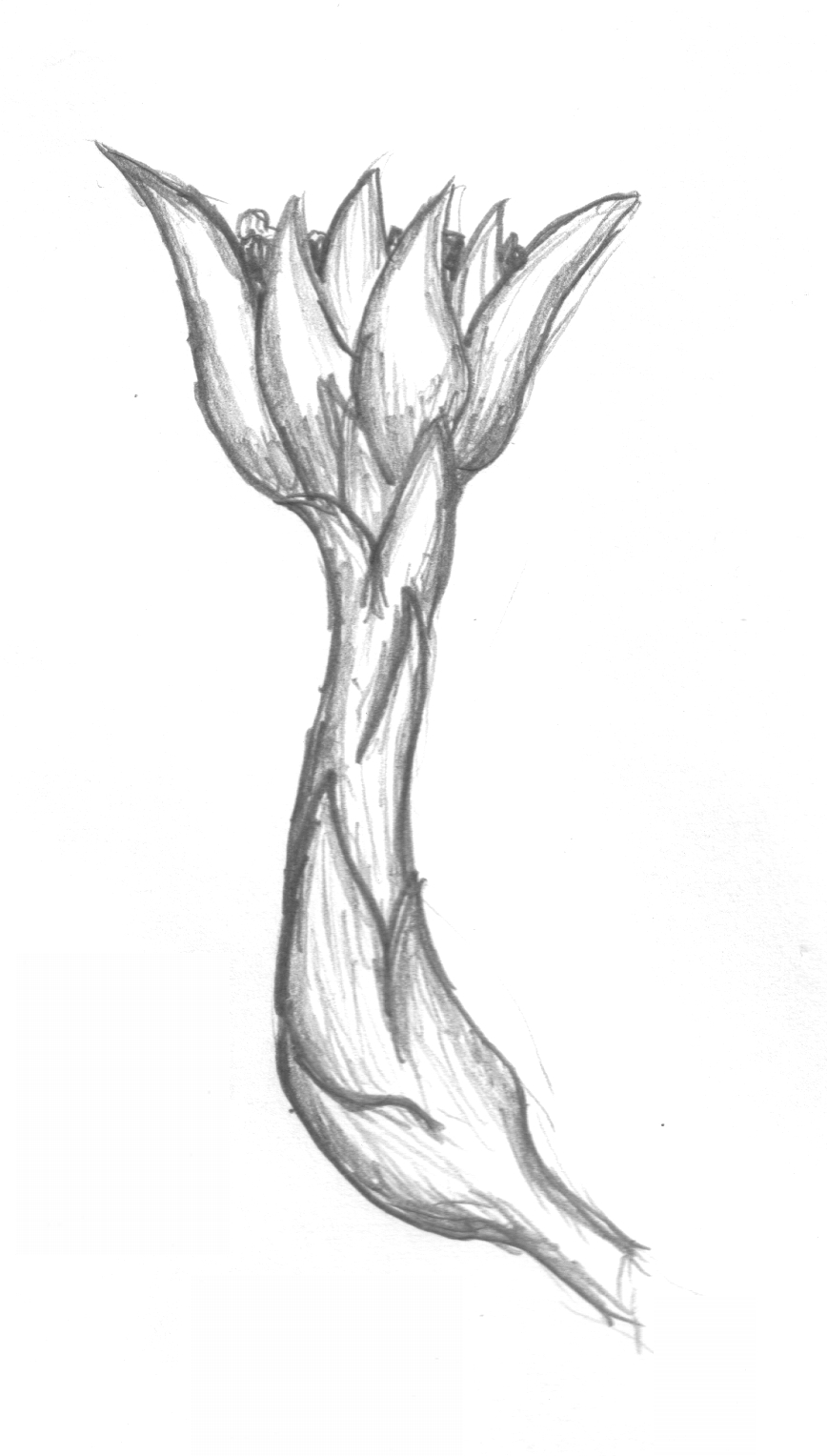- Rhizanthella gardneri
Taxobox
name = "Rhizanthella gardneri"
status = EN
status_system = EPBC

image_caption = Western Underground Orchid
"Rhizanthella gardneri"
regnum =Plant ae
divisio = Magnoliophyta
classis = Liliopsida
ordo =Asparagales
familia =Orchidaceae
subfamilia =Orchidoideae
tribus =Diurideae
subtribus =Rhizanthellinae
genus = "Rhizanthella "
species = "R. gardneri"
binomial = "Rhizanthella gardneri"
binomial_authority = R. S. Rogers (1928)"Rhizanthella gardneri", also known as Western Underground Orchid, was discovered in the spring of 1928 in the wheatbelt of
Western Australia .Jack Trott had bent to investigate an odd crack that had appeared in his garden's soil, and had noticed a sweet smell that arose from the ground. Scraping away the soil, he soon uncovered a tiny white flower, about half an inch across, growing underground. What he had found was an entirely new type of
orchid .The white leafless plant is made up of a tube which produces a flowerhead. Unlike any other orchid in Australia, the Western Australian underground orchid remains completely underground for its whole life. Not being able to obtain the sun's energy, it instead feeds on the
broom honey myrtle , a shrub. It is linked to it by afungus named "Thanatephorus gardneri ".This particular orchid is a
myco-heterotroph as it relies completely on the "Melaleuca uncinata " and amycorrhiza fungus for its nutrients and carbon dioxide. Having received this from the fungus the plant is than able to convert the water, nutrients and carbon dioxide into the energy needed for growth and maintenance.The plant blooms in May and June and measures 2.5–3 cm. The flower head contains 8 to 90 small dark maroon flowers. "Rhizanthella gardneri" reproduces vegetatively by which it can produce three daughter plants, as well as sexually. In the latter case the pollinated flower will then take six months to mature - pollination is thought to be effected by some animal species attracted by the fragrance. The seed is thought to be dispersed by
Marsupialia , who eat the fruit, but substantial findings are hard to come by as only 19 mature specimens of the orchid are known to currently exist in the wild and only 300 specimens have been collected to date.References
*Reader's Digest Ltd. (1989). "Facts and Fallacies - Stories of the Strange and Unusual". Reader's Digest Ltd. Page 39. ISBN 0864380879.
*Hoffman, N., Brown, A. (1998). "Orchids of South-west Australia". University of Western Australia Press, Nedlands.Rev. 2nd ed. with suppl. ISBN 1876268182
*Jones, David L. (2006)." A complete guide to native orchids of Australia: including the island territories". Frenchs Forest. ISBN 1-8770-6912-4.ee also
*
Rhizanthella slateri External links
* [http://members.iinet.net.au/~emntee/Rhizanthella_gardnerii7.htm Orchid Society of Western Australia]
Wikimedia Foundation. 2010.
